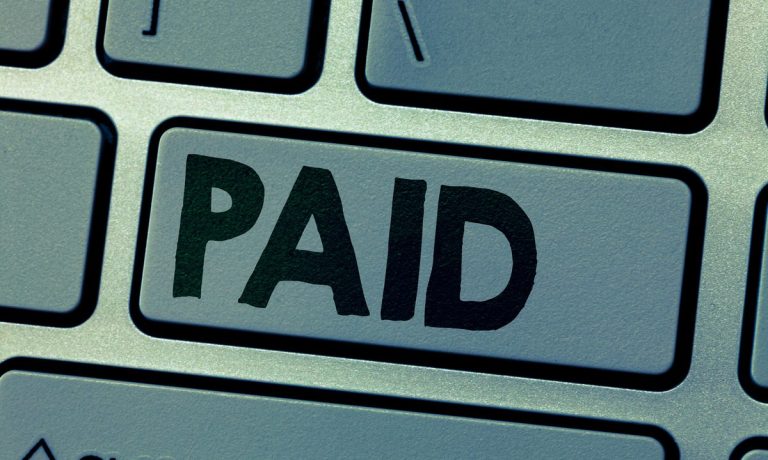
Disbursements are still often made by putting a physical check in the mail. That’s true whether it’s an insurance company sending a payout for a claim, a consumer finance company making a refund, a utility company sending a rebate or a higher education institution delivering reimbursements to students or faculty.
In fact, close to 50% of policyholders are still getting physical checks in the mail against insurance claims, according to Sanjay Gupta, executive vice president, head of biller segment at ACI Worldwide. At the same time, he added, less than 20% of consumers want to receive payments that way.
“A number of consumers say big concerns revolve around checks getting lost in the mailand/or taking time to deposit/cash it, but also the fact that they want choices of whether to receive their money directly into a bank account or some other digital mechanism,” Gupta told PYMNTS in a recent interview.
Improving the User Experience
Digital disbursements not only offer the consumer a choice and make the process easier, they also make it more cost-efficient for the biller, because using checks is a very manually intensive process.
From the biller’s perspective, there are three main themes when it comes to the benefits of digital disbursements, Gupta said. One is that consumers’ expectations of the user experience — whether they’re buying something online, taking a car ride or streaming music — are becoming more and more demanding. When sending them a payment, billers are finding that offering a choice is important to customer acquisition, retention and satisfaction.
“Consumers are walking with their feet if they’re not getting that from one company or provider versus the other,” Gupta said.
Driving Deeper Engagement
Another theme has to do with stickiness. As consumers interact with a company, there’s an opportunity to digitally indicate other opportunities to drive engagement deeper in other aspects of the business.
“Where there’s a digital communication channel available and open between the biller and the end consumer, it provides direct insight from the end consumer to the biller, and also helps ensure a longer lifetime value of that consumer,” Gupta explained. “For example using digital touchpoints like text or mobile wallets to send remindersand/or provide informational updates or offers — think new service or feature promos — can improve stickiness through more frequent communications and cross-sell opportunities.
The third theme around the benefits of digital disbursements focuses on adding efficiency, streamlining operations, reducing costs and eliminating friction.
“Using digital options with one payment hub for all kinds of inbound and outbound payments, including multi-party disbursements, is a big opportunity for efficiencies for the company,” Gupta said.
Promoting Other Value-Adds
Beyond disbursements, there’s a move toward consumers wanting to go digital-first and mobile-first in all transactions and communications with a company. As consumers have become more and more comfortable with digital means, they have come to expect them to be available in all facets of their daily activities.
Billers can benefit by offering these approaches, because any further interaction is a chance for the biller to promote other benefits and services. “In some cases, [consumers] are not even aware of all the different value-adds that are being offered,” Gupta said.
Providing a Better End-to-End Experience
Together, these add up to a better experience for both the consumer and the biller. In contrast to the use of physical checks, Gupta described a scenario where a consumer can digitally file a claim for weather-related damage to their house in a very seamless way — using their smartphone, they can provide information and photos to the insurance carrier, monitor alerts and clarifications, and receive real-time payment in a frictionless way. And if other claimants are involved, there can be a multi-party claim paid out digitally in minutes. For the insurer, this can be delivered through a simplified payment hub that integrates disbursement, bill payment and presentment and serves the full policyholder journey when it comes to claims.
“That type of end-to-end user experience creates a high level of satisfaction, reduces friction on both sides and can create a longstanding customer relationship,” Gupta said.